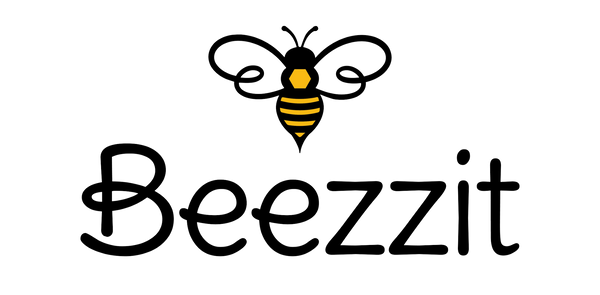Among all pollinators that have quietly shaping global biodiversity, the western honeybee (Apis mellifera) is still the most managed, studied, and ecologically indispensable species. They are critical to sustaining agriculture, maintain floral balance, and exemplify social cooperation in its purest biological form.
Working with them for over a decade, I have learned that their world can be both delicate and interesting. Here are all the important facts you need to know about the remarkable world of Western honeybees.
The evolution and global adaptation of the western honeybees
Originating in Africa and spreading through Europe and Asia, western honeybees evolved subspecies adapted to varying climates.
- Italian (Apis mellifera ligustica)
- Carniolan (Apis mellifera carnica)
- Caucasian (Apis mellifera caucasica)
Through centuries of human transport, they have naturalized across every continent on earth except Antarctica. Their genetic flexibility allows them to thrive in environments ranging from Mediterranean valleys to temperate forests, which makes them absolutely indispensable to both wild and agricultural landscapes.
The structure of the colony
A colony of western honeybees functions as a self-contained, highly efficient organism. Inside the hive, every individual has a specific role governed by age, pheromones, and environmental cues. A single colony of western honeybees may house somewhere between 30,000 to 80,000 individuals.
- Queen bee: The sole fertile female of the colony. The queen is capable of laying up to 2,000 eggs daily. Her pheromones maintain social order and reproductive balance.
- Worker bees: Sterile females that progress through defined tasks throughout her lifespan.
- Drones: Males have only one function, and that is to mate with virgin queens during flight. They die immediately after mating.
The way these bees communicate is another marvel. Worker bees use the waggle dance to share the exact coordinates of nectar and pollen sources, a behavior that demonstrates spatial awareness not found in most insects.

A swarm of western honeybees
The anatomy of western honeybees
When you look at the anatomy, you see absolute specialization. Every part of the body structure contributes to colony productivity. Here is a closer look at the anatomy.
- Body structure: The body is divided into three main parts. The head, thorax, and abdomen. The entire body is encased in a chitinous exoskeleton that offers strength and mobility.
- Sensory system: They have two compound eyes and three simple eyes that allow them to detect UV patterns. Antennae located on the head sense odor, vibration, and air flow.
- Feeding structures: Bees have a long proboscis that is used to extract nectar, and mandibles manipulate wax, resin, and debris.
- Wax production: Workers have four pairs of wax glands under the abdomen that secrete wax flakes, which are then formed into honeycomb cells.
- Pollen baskets: The corbiculae on the hind legs collect and transport pollen to the hive.

The lifecycle and reproduction process of western honeybees
Reproduction among western honeybees follows a very disciplined biological rhythm. Eggs hatch in about three days, producing larvae that workers feed with royal jelly. After multiple molts, the larvae pupate and emerge as adults. Queens mature in 16 days, workers in 21, and drones in 24.
After maturity, a virgin queen will embark on her mating flight. Mid-flight, she will couple with several drones to mate. She stores the sperm for lifelong use. And shortly after, she begins laying her fertilized eggs.When a colony gets overcrowded, swarming occurs. This is when the original queen departs with thousands of workers to create a new nest, while a newly emerged queen inherits the old hive.

Queen western honeybee
Threats to colony survival
Even the most resilient colonies of western honeybees are experiencing increased pressures that are posing another serious threat to the global population numbers.
- Parasites: The Varroa destructor mite is the most serious parasitic threat that weakens the bee and transmits viral infections that can kill them.
- Pesticides: Chemical residues impair navigation and learning. This means foragers can become lost and die outside of the hive.
- Reduced habitat: Monoculture farming and urbanism limit floral diversity, restricting vital foraging for colonies.
- Colony Collapse Disorder (CCD): Adult foragers vanish, leaving behind brood, honey, and the queen. This phenomenon can be linked to multiple stress factors.
The future of beekeeping
The future of Western honeybees hinges on many factors. Maintaining biodiversity through floral corridors, minimizing pesticide dependency, and restoring native habitats are some of the most essential measures. Technological advancements now give beekeepers precise insight into colony health, allowing intervention before collapse occurs.
After almost a lifetime of beekeeping, I still find myself humbled by these little creatures of wonder. Every hum beneath the hive lid carries a real message. Protect them and we protect ourselves. Because in every field where flowers bloom, it’s the bees that ensure life continues in rhythm.
For more such fun stories from the intriguing world of bees, consider following my full blog here.





